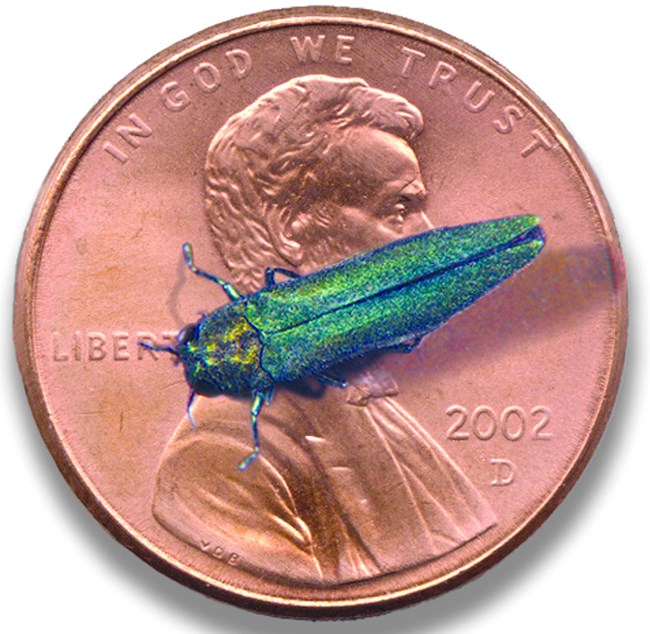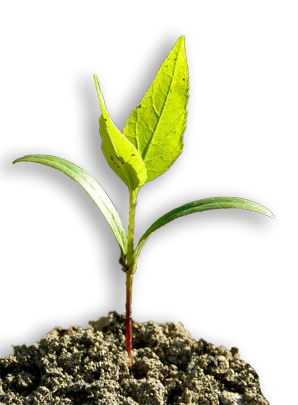Last updated: September 28, 2022
Article
Species Spotlight - White Ash

Evelyn Fitzgerald
What is it?
Baseball aficionados insist that ‘crack-of-the-bat’ sound when a slugger smashes a home-run is most satisfying when it rings out from a bat made of white ash. Tall, fast-growing, and a key species in the forests of the Northeast, this tree serves even greater purposes than contributing to America’s favorite pastime. A native tree of eastern North America, white ash grow in forests and open fields. They can reach heights of 80 feet with a crown that spreads 50 feet wide. Examples of trees well over 100 feet tall are not unheard of in the northeast.Why is it important?
One of the most valuable hardwood timber trees in North America, white ash are not only treasured by the wood-working industry, but also by many creatures of the forest. White-tailed deer browse its tender leaves and beaver, porcupine, and rabbits will eat the bark of young trees. Many small mammals and birds gobble-up its seeds, and they often form trunk cavities creating homes for cavity nesters like woodpeckers, Wood Ducks, nuthatches, and owls.
Especially important for several NETN parks, its seedlings are one of the few northeastern species capable of penetrating thickets of invasive plants while having the fortitude to persist and reach the forest canopy.

USDA photo
How does NETN track its health?
The Northeast Temperate Network keeps tabs on the health of white ash through it’s Long-term Forest Health Monitoring program. Implemented in 2006, it has been collecting information on ash and all the other trees within study plots for more than a decade now. In many hundreds of forest health plots, the program looks at forest health through many different measurements. Tree condition, how fast they are growing, the soils they grow in, mortality rates, disease monitoring, and how many are coming up in the understory are recorded every 4 years in each study plot.How is it Doing?
As of the summer of 2017, white ash are doing well in most NETN parks. But it’s no secret in the forestry world that white ash face a major challenge to their existence as a mature forest-canopy tree. At present and into the foreseeable future, the invasive insect emerald ash borer (EAB) is the number-one threat to ash tree health. There are over seven billion ash trees in North America, and within the next few decades it’s possible the beetle could kill almost all of them if an effective control isn’t found. This would be a die-off ten times bigger than the one caused by Dutch elm disease. Native to eastern Asia, the beetle was first detected in Michigan in 2002, though it was likely inadvertently introduced there sometime in the mid-to-late 1990’s. In that short amount of time it has already managed to kill hundreds-of-millions of native ash trees that have no resistance to it. EAB do their damage as larvae, chewing through tree bark to feed on the inner layer of cells. In the process, they girdle the tree and sever its access to nutrients and water.
Ash is a valuable landscape and forest species and if it’s removed as a mature canopy species it will have far-reaching effects that will cascade through ecosystems. Nutrient cycling, soil water flow, associated plant species, and habitat availability for birds, mammals, and insects will be impacted.

How Close are EAB to NETN Parks?
So far, the three park sites that make up the Roosevelt-Vanderbilt NHS in lower NY state are the only NETN parks where EAB has been detected. It was first discovered there in 2013, though as is typical it took a few years for impacts to show.

Left to right: Rebecca Hargrave, J. C. Lucier, NPS
When the NETN forest crew was there in the summer of 2017, all mature ash trees they checked showed signs of EAB: numerous D-shaped exit holes, cracking and blonding of the bark, and large sections of dead canopy. Roosevelt-Vanderbilt forests would certainly be lesser without mature ash being among their ranks, but ash already make up a small portion of trees so impacts to overall forest health would be relatively minor.
This is not the case for Saratoga NHP, Weir Farm NHS, and Morristown NHP all of which have a lot more ash - both in the understory and in the canopy. In Saratoga NHP (upstate NY), white ash is one of the few tree species capable of regenerating in the invasive honeysuckle thickets and making it up to the canopy. Removing ash from the forest mix leaves a big question mark about what other tree species will be able to generate the future forest of the park. EAB has been detected close to Morristown NHP in NJ and Weir Farm NHS in CT too, but not yet in the parks themselves.
The US Forest Service is helping some NETN parks to inject trees with a protective insecticide before EAB can infect them. Recently infested trees can even be helped with so-called “systemic pesticides”, though they offer only short-term protection. Without repeated treatments, trees will die if attacked again. NETN recommends that parks consider strategies for replacing notable landscape ash trees or plan to invest in long-term tree protection with the insecticides.
The best way to slow the spread of EAB is to never transport firewood very far from its source. Also keep a look out for and report signs of EAB ASAP to local authorities. For more strategies for slowing the spread of EAB, check out the Collaborative Emerald Ash Borer Program website (http://www.emeraldashborer.info).
National Parks Could be Key to Ash Tree Future
Private landowners and production timber lands will often “cull” mature ash trees prior to beetle attack. Because the vast majority of national parks don’t practice forestry, they have the opportunity to function as “natural laboratories” for observing how ash trees will deal with an EAB invasion. In southeast Michigan, where EAB was first established, scientists documented 99% mortality in forests dominated by green, white, and black ash. The hope is that if some trees survive in our national parks, they may be tolerant of or have natural resistance to EAB, and could produce EAB resistant ash trees into the future.
Climate Change and Ash Trees
As far as how climate change may affect the white ash, most climate models predict it will experience an increase in suitable habitat in the northeast over the coming century. Although ash could benefit in a warming climate while many other tree species decline, left unchecked EAB will practically eliminate mature ash trees from the forest mix just like the Chestnut Blight has done to the American chestnut tree, so its future remains in doubt. What is certain is that climate change and invasions by non-native species will continue to shape our forests in ways we have no historical comparisons for.
For more information
Find protocols, reports, maps, resource briefs and more on the Forest Health Monitoring webpage.
Download a printable PDF of this article.
Tags
- acadia national park
- eleanor roosevelt national historic site
- home of franklin d roosevelt national historic site
- marsh - billings - rockefeller national historical park
- minute man national historical park
- morristown national historical park
- saint-gaudens national historical park
- saratoga national historical park
- vanderbilt mansion national historic site
- weir farm national historical park
- invasive pests
- trees
- inventory and monitoring
- emerald ash borer
- ash tree
- climate change
- species spotlight
- netn
